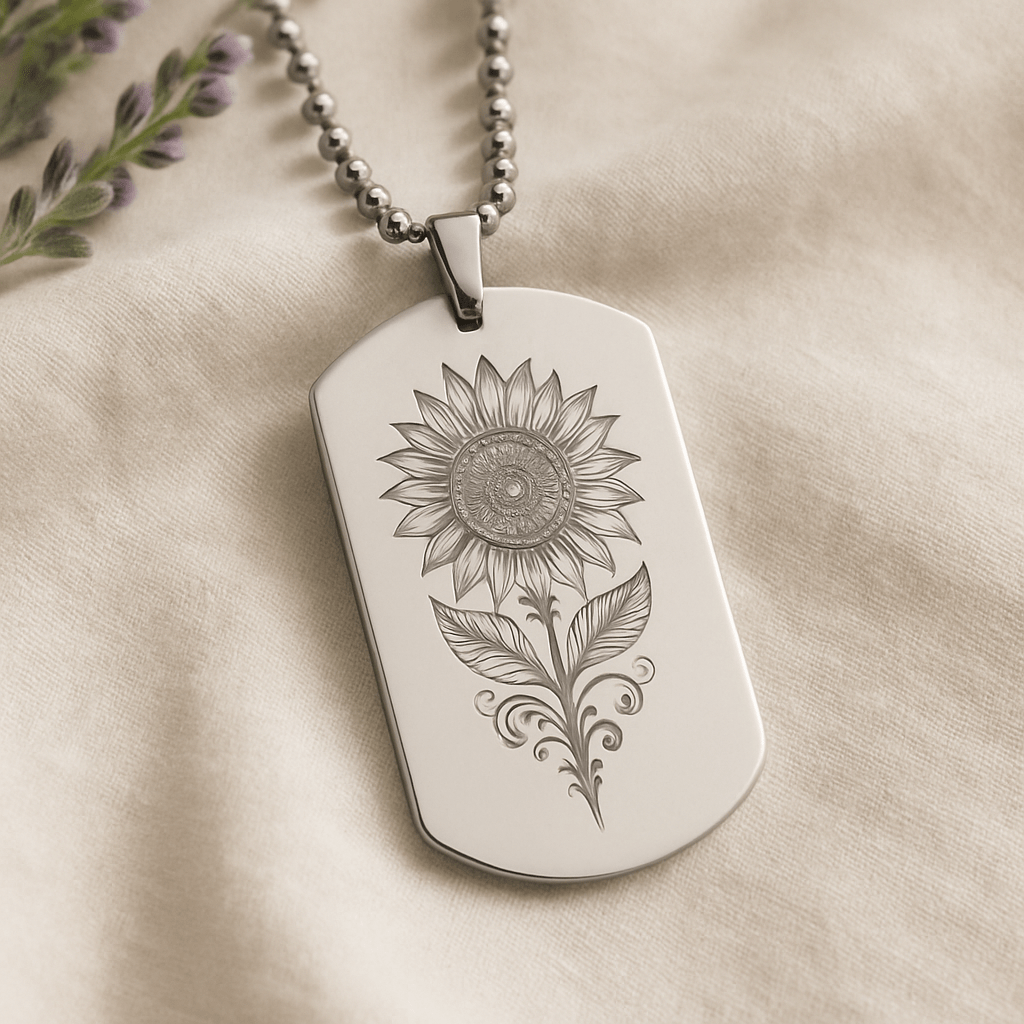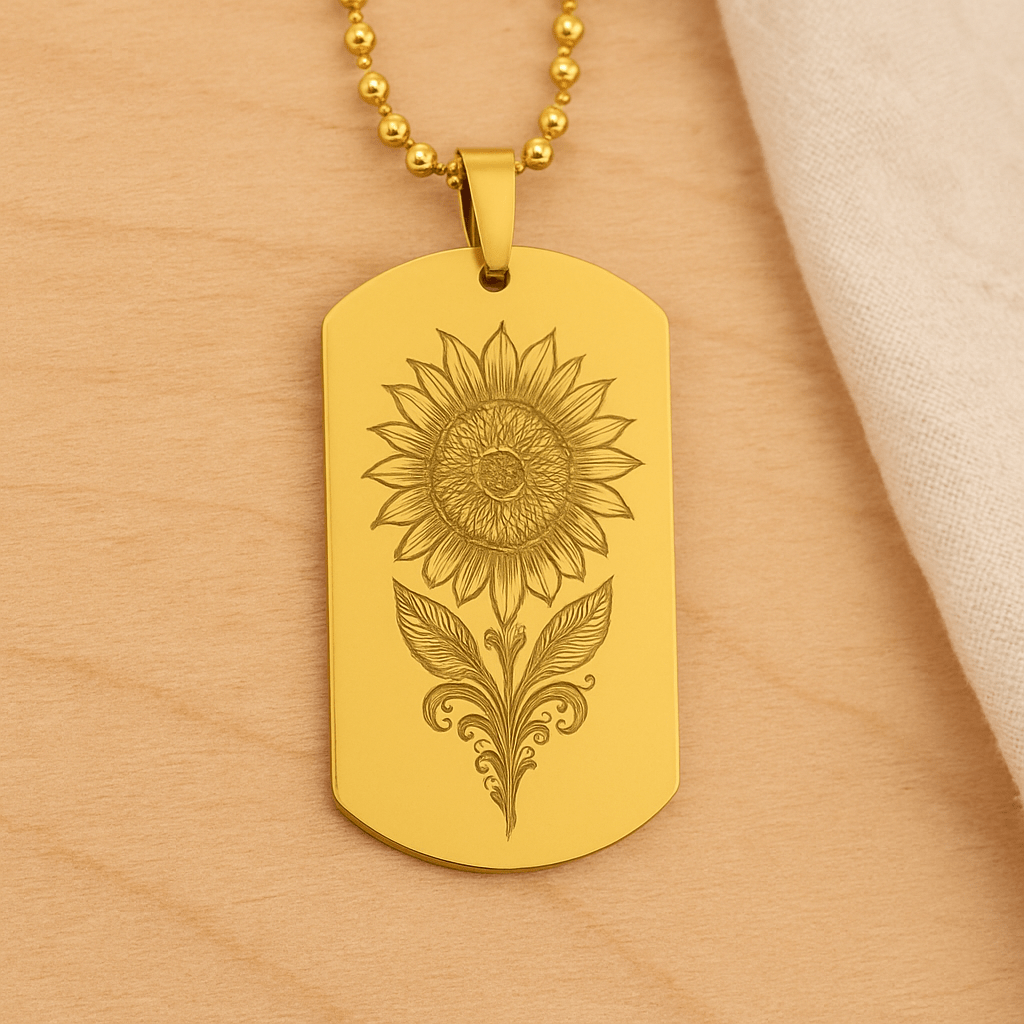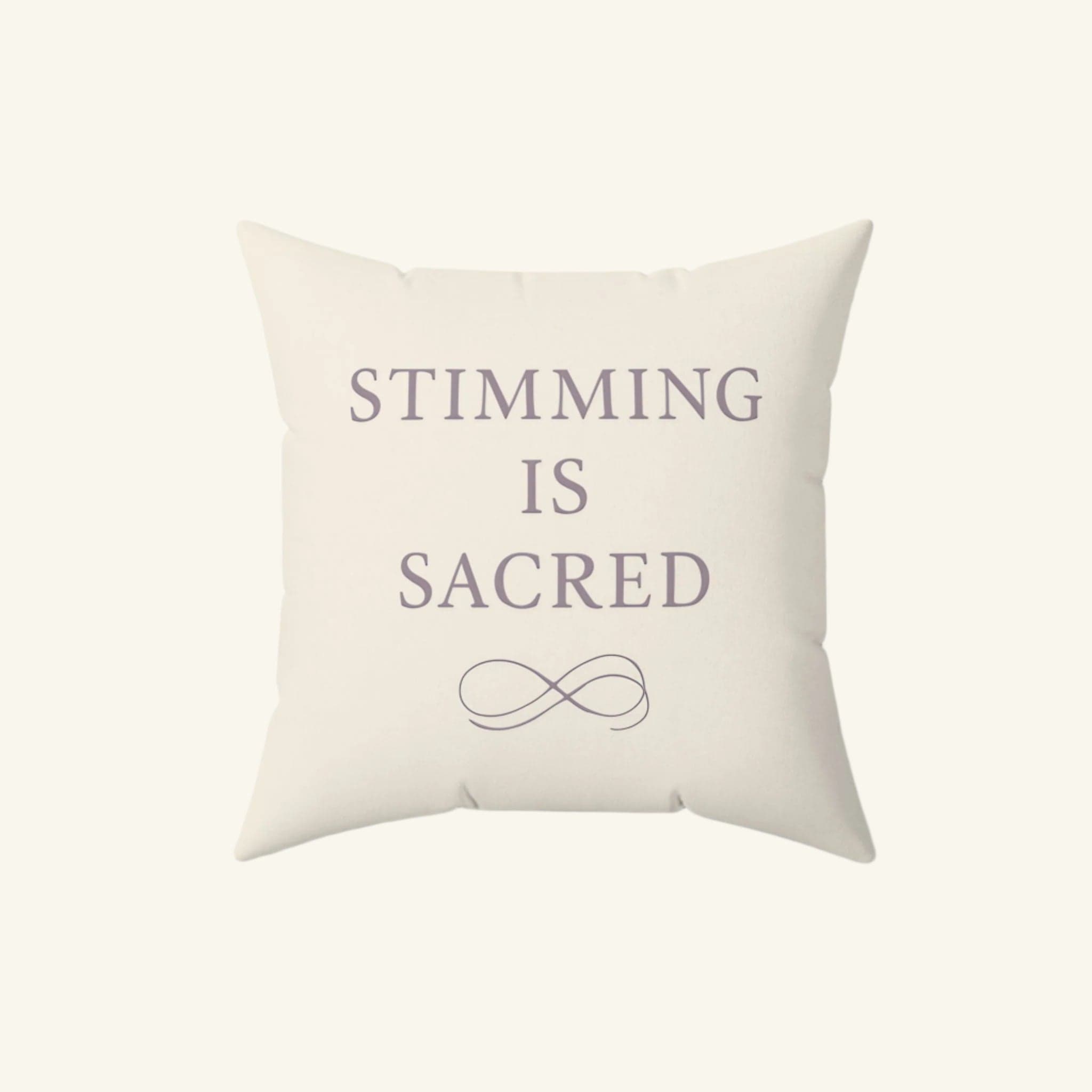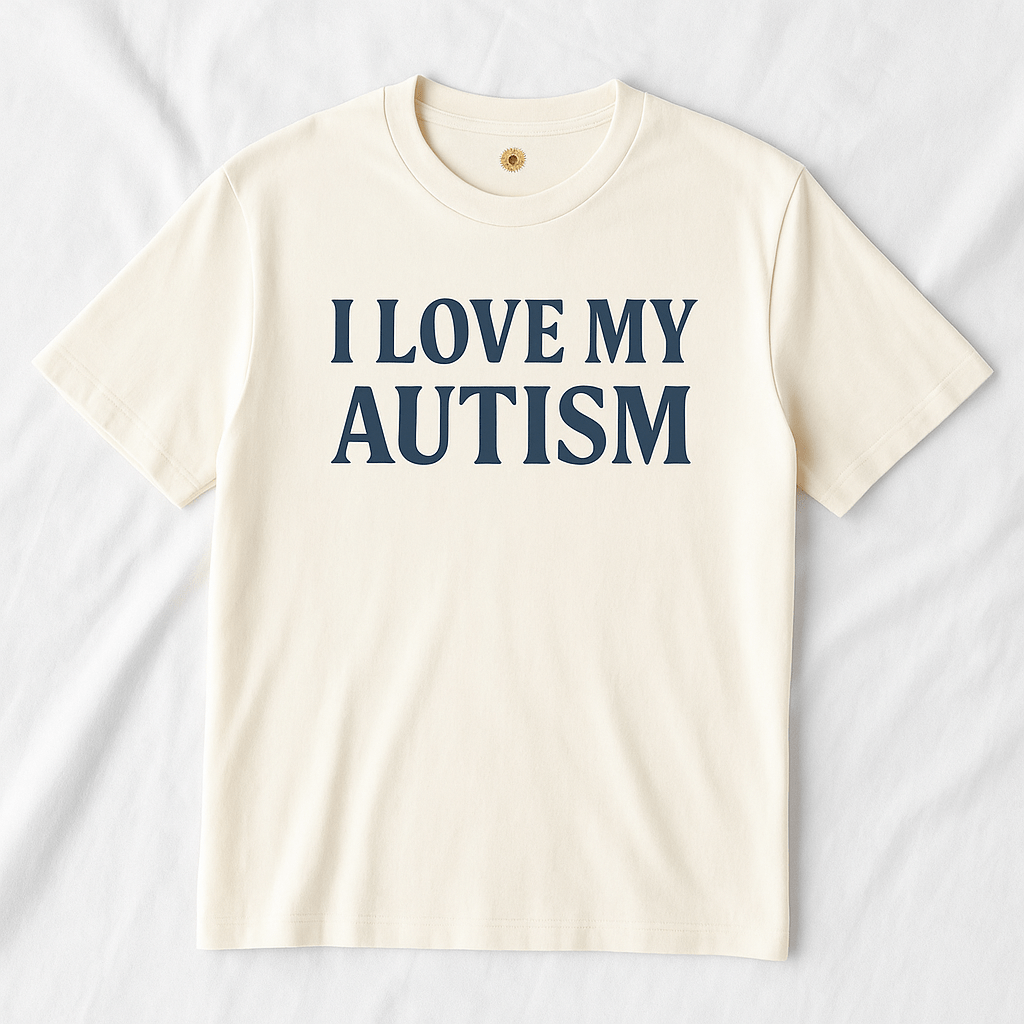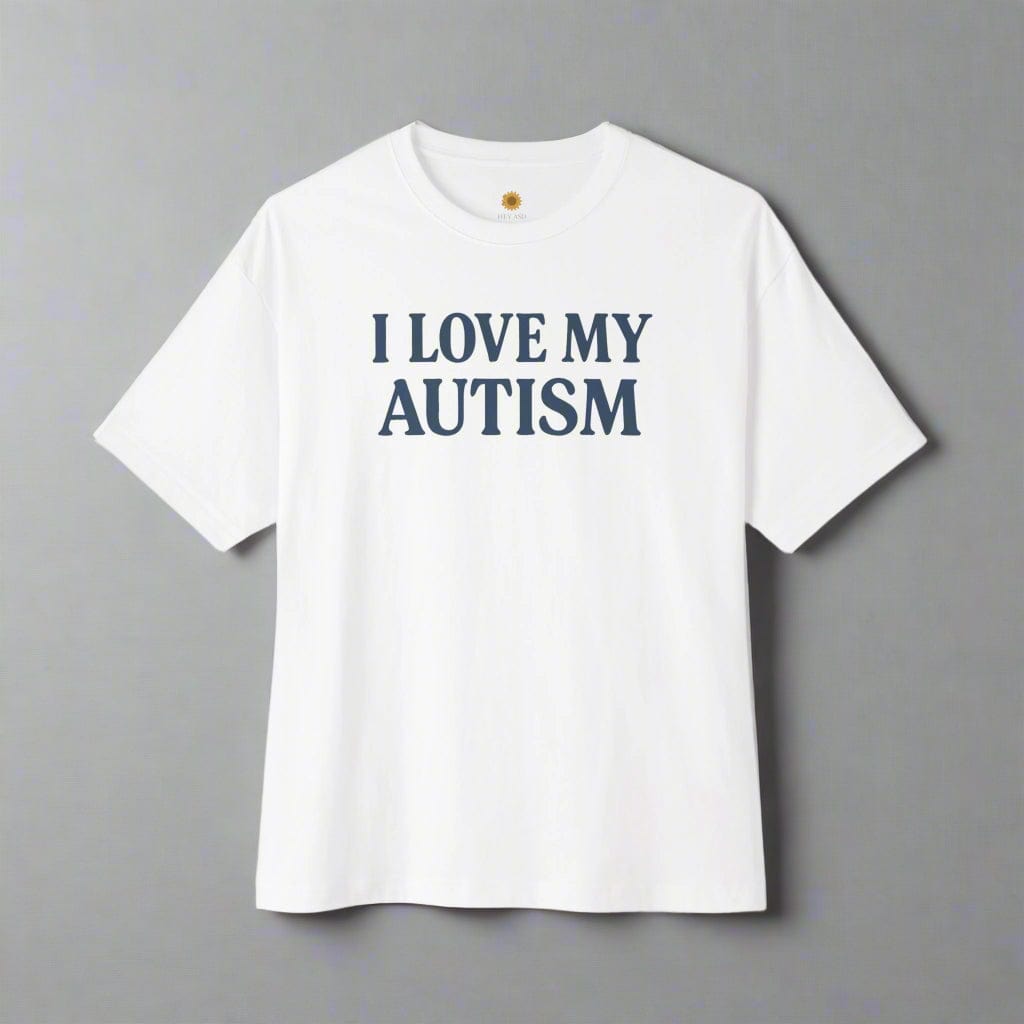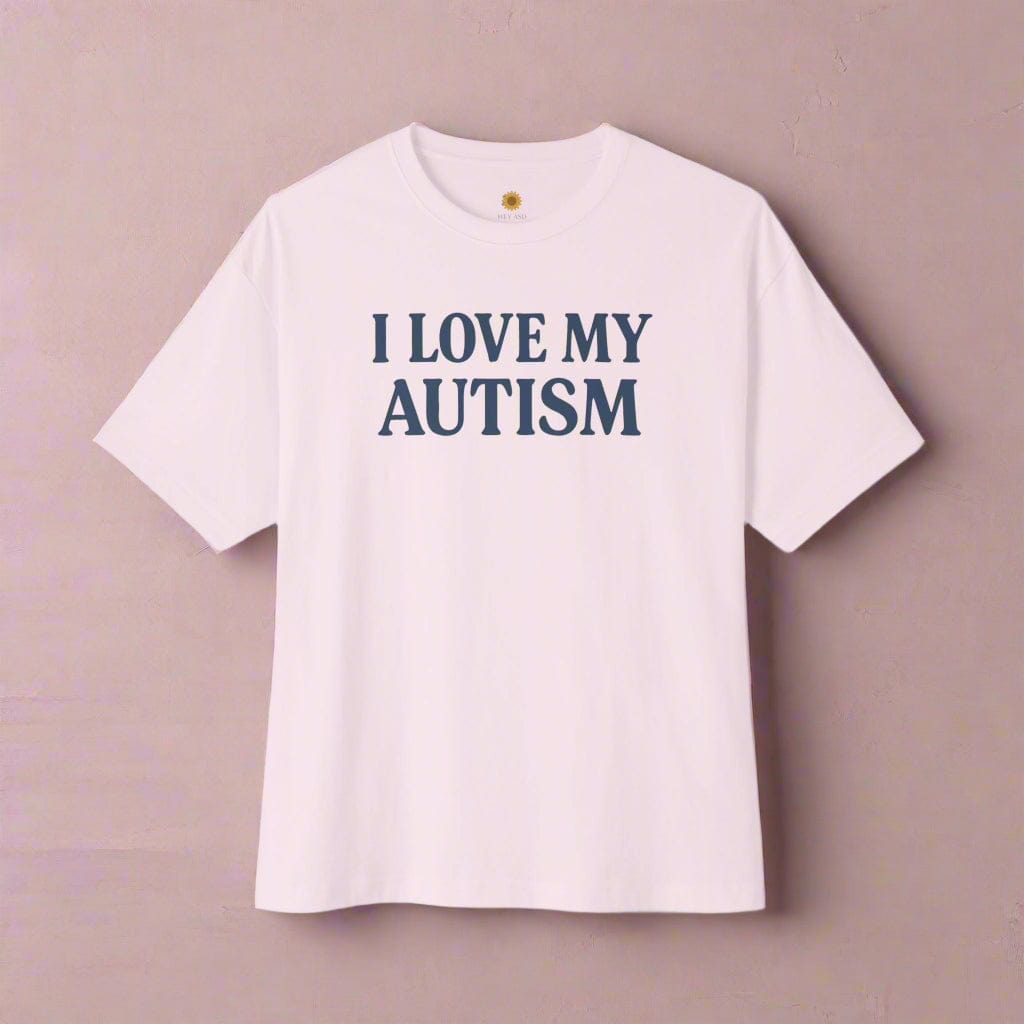Sensory Integration Equipment & Tools: The Complete Guide for Autistic Adults

Written by the HeyASD Editorial Team
Sensory life is real life. Many autistic adults experience sound, light, touch, taste, movement, and internal signals with more intensity than the average person. When the world gets too loud or too bright, the right sensory integration equipment can transform overload into regulation and comfort. This editorial guide was written with autistic adults in mind. It is calm, clear, and practical. It explains how sensory integration works, why specific sensory tools help, and how to design a supportive setup at home, in therapy, at work, or in a classroom or university setting. If you are searching for a thoughtful overview that respects lived experience and avoids clinical, deficit-based language, you are in the right place.
What Sensory Integration Means (and Why Tools Matter)
Sensory integration is the way the brain receives, organises, and responds to sensory input. For some people the signal is too strong; for others it is too muted or arrives with a delay. Instead of trying to “normalise” anyone, we focus on accessibility: adjust the environment, provide chosen input, and give the nervous system what it needs to feel safe and steady. Sensory integration equipment—also called sensory therapy tools or simply sensory tools—changes the quality, intensity, and predictability of sensation so you can work, rest, learn, and connect with less stress. Some readers will recognise the clinical phrase sensory processing disorder; others will simply notice certain textures, sounds, or lights are tricky. Labels are optional. Comfort is the goal.
The Following Sensory Systems (and Matching Equipment)
To make sense of the landscape, it helps to think in terms of the following sensory systems: tactile, proprioceptive, vestibular, visual, auditory, olfactory and gustatory, plus interoception. Each system responds to different kinds of sensory input, and different tools can offer an alerting effect, a calming effect, or an organising, steadying effect. Choosing equipment is easier once you can name what your body is asking for.
Proprioceptive Input: Deep Pressure, Body Awareness, and Calm
Proprioception is the sense of body position and force. Many autistic adults find that steady, evenly distributed deep pressure creates a reliable sense of grounding. Weighted blankets, lap pads, and shoulder wraps are classic examples of sensory integration equipment designed for proprioceptive input. Compression garments and body socks offer a full-body hug that can reduce anxiety and support relaxation without sedating you. Resistance bands and therapy putty add small doses of heavy work during the day, which may improve focus and emotional regulation. These tools often help with postural control, coordination, and motor planning because the nervous system is receiving clearer joint-and-muscle feedback. If you want a soft, grounding prop for downtime, our community favourite is the Stimming Is Sacred pillow; it pairs well with a weighted lap pad when you need a reset.
Vestibular Processing: Movement, Balance, and Rhythm
Vestibular input comes from the inner ear and helps with balance and orientation. Small, rhythmic movement can be soothing, while brief, bouncy movement can be alerting. In therapy spaces, occupational therapists sometimes use platform swings, rockers, or mini trampolines with crash mats to explore what dose and rhythm feel best. At home or in an office, a wobble cushion, balance disc, or gentle rocker chair can offer micro-movement that supports focus without attracting attention. Because vestibular processing interacts with proprioception, combining movement with deep pressure—rocking while under a weighted blanket, for example—often creates steady calm.
Tactile Input: Touch, Texture, and Choice
Tactile comfort is personal. Some of us adore smooth metals and cool stones; others prefer soft, plush textures. Fidget toys, textured rings, sliders, and therapy putty provide predictable touch input that can make concentration easier. Sensory bins—containers filled with rice, beans, or kinetic sand—let you explore on your terms. Sensory bottles, sometimes called calm-down bottles, use water, glycerin, and glitter or small objects to create slow, repetitive visual and tactile play that eases the nervous system. Plush items and stuffed animals are not just for kids; many adults use a favourite plush as a proprioceptive anchor during breaks or before sleep. If you like discreet, always-with-you texture, explore our sensory-friendly jewelry collection; the etched surfaces are intentionally designed for stimming.
Auditory Input: Sound, Noise, and Boundaries
Sound control is a cornerstone of sensory strategies. Noise-reducing or active noise-cancelling headphones can turn public transport and open-plan offices into manageable spaces. Loop-style earplugs lower volume while preserving speech clarity, which suits meetings and classes. White noise and nature sound can mask irregular or intrusive sounds at night. If speech or sudden noise spikes your anxiety, set boundaries kindly and use your equipment with confidence—good sensory tools expand your abilities; they do not shrink them.
Visual Input: Light, Colour, and Predictability
Harsh lighting is a common trigger. Swap cool fluorescents for warm lamps where you can, and use dimmers to shape light to your needs. Visual timers can help you pace tasks without a constant mental countdown. For decompression, projectors, fibre optic strands, lava lamps, and sensory bottles create slow, low-stakes visual focus that supports relaxation. Calmer visual fields often translate to steadier energy and better focus.
Olfactory and Gustatory Input: Smell, Taste, and Consent
Scents and flavours can ground or overwhelm. Keep shared spaces low-scent unless there is explicit consent. For those who enjoy olfactory input, very light, familiar smells are best. Oral-motor tools like chewable necklaces and flavoured toothpicks can offer safe, regulated gustatory stimulation that satisfies oral-seeking needs without disrupting others. These can be particularly helpful for adults who also have ADHD traits and need a steady outlet for excess energy.
Interoception: Internal Signals and Energy Pacing
Interoception is awareness of internal signals such as heartbeat, temperature, or hunger. Breath pacers, warm or cool packs, gentle stretches, and short movement breaks help translate those signals into choices that reduce stress. Many autistic adults find that interoceptive awareness lowers the frequency and intensity of overload because needs are met before the system tips.
Types of Sensory Input (and Matching Tools)
Use this quick map to explore sensory integration products and what they can support.
| Sensory System | What It Does | Tool Examples | Often Helps With |
|---|---|---|---|
| Proprioceptive (deep pressure) | Body awareness, muscle/joint feedback | Weighted blankets/lap pads, compression wear, body socks, resistance bands | Calm, grounding, reducing anxiety, transition support |
| Vestibular (movement) | Balance, orientation, motion | Swings, rockers, wobble boards, mini trampolines, balance discs | Alerting or calming (dose matters), motor planning |
| Tactile | Touch, texture, temperature | Fidget toys, textured jewelry, brushes, putty, sensory bins | Focus, soothing stims, desensitization on your terms |
| Auditory | Sound filtering and comfort | Noise‑reducing headphones, loop earplugs, white noise | Sound sensitivity, concentration in loud places |
| Visual | Light, color, motion | Projectors, fiber optics, lava lamps, visual timers, sensory bottles | Calm visual focus, predictable cues |
| Olfactory & Gustatory | Smell and taste regulation | Aromatherapy (low scent), chewable necklaces, flavored toothpicks | Oral seeking, grounding scents; use with consent and care |
| Interoception | Internal signals (hunger, heart rate) | Breath pacers, biofeedback apps/devices, warm/cool packs | Recognizing needs, pacing energy, emotional regulation |
Therapy, Home, School, and Work: Making Equipment Fit Real Life
In therapy, an occupational therapist can help you trial equipment and build routines around goals like sleep, commuting, meetings, study, or post-overload recovery. Therapy-grade sensory integration equipment—a platform swing with a crash mat, an obstacle set for motor planning, a variety of tactile textures—lets you explore responses in a safe, structured way. At home, choose compact, multi-use items that you will actually reach for every day: a weighted lap pad that doubles as a bedtime support, a compression throw you keep on the couch, one or two well-loved fidget toys near your desk, and lighting that can shift from alert to soft. In school or a university classroom, combine sensory strategies with rights-based accommodations: quiet seating, movement breaks, visual schedules, and predictable transitions. At work, keep things discreet and professional: loop earplugs, low-profile headphones, a wobble cushion that looks like a regular seat accessory, and a small on-screen visual timer. None of this requires disclosure unless you want it; your sensory needs are a valid part of how you function.
How Tools Support Regulation, Focus, and Daily Tasks
When people ask how sensory integration tools support autistic individuals, they are usually asking about outcomes. The short answer: equipment changes the input so the nervous system can regulate. Proprioceptive tools deepen body awareness and reduce runaway anxiety. Vestibular tools tune balance so you can move, sit, and stand with less effort. Tactile tools channel stimming into rhythmic, predictable movements that steady focus. Auditory and visual tools reduce noise and glare, protecting attention for reading, meetings, and creative work. Over time many adults report better sleep, gentler transitions, and easier social time because the baseline stress has dropped. These are not cures; they are supports that respect how your body works.
Designing a Sensory Corner or Sensory Room
You do not need a full room to benefit from sensory equipment. A thoughtful sensory corner can deliver most of the effect in a small space. Start with one deep pressure item, one movement option, one visual element, one sound strategy, and one tactile or wearable tool. If you have the space for a full sensory room, consider a movement base such as a swing or rocker, a safe landing zone with cushions or a crash mat, dimmable lighting, a shelf of sensory toys and fidget toys, and a small area for sensory bins or sensory bottles. Label storage so, in moments of stress, you can find what you need without hunting. This is about access, not aesthetics.
Choosing the Right Equipment Without Overwhelm
Begin with a goal: focus, calm, sleep, recovery after travel, or smoother transitions. Notice your preferences and aversions. Trial one change at a time and observe across days, not minutes, because nervous systems respond in patterns. For weighted items, pick a weight that offers comfort, not constraint. For movement, dose matters; slow, steady rhythms often settle better than fast, jarring ones. Keep simple tracking forms or notes—nothing fancy—so you can see what works. If you want guidance, bring those notes to an occupational therapist; collaborative decision-making respects your autonomy and your lived expertise.
Language, Labels, and People Across the Lifespan
HeyASD speaks with autistic adults first, but families and educators read our guides too. If you support children, remember that a child’s senses change over time and across contexts. Many of the same tools apply, but the way you introduce them matters: offer choice, secure consent, and avoid forced exposure. Some readers will have a history of developmental delays; others will not. Some will prefer person-first language; others will say, like we do, “I am autistic.” We honour autonomy and identity while keeping the focus on practical access to regulation and comfort.
FAQs
What are sensory integration tools?
They are items that adjust sensory input so your body and brain can regulate. Examples include weighted blankets and lap pads for deep pressure, compression garments, swings and wobble cushions for movement, fidgets and textured jewelry for tactile stimming, headphones and earplugs for sound, and visual supports like timers, projectors, sensory bins, and sensory bottles.
How do sensory tools support autistic adults?
They reduce sensory load, provide calming or alerting input on demand, and make routines predictable. Many adults use equipment to improve focus at work or school, manage anxiety during commuting, protect sleep, and recover after sensory-heavy tasks.
What is the difference between therapy equipment and home tools?
Therapy settings often include larger items such as platform swings, crash mats, and obstacle setups to explore responses and build skills like motor planning and postural control. Home setups favour compact, multi-use tools that store easily and fit your daily routine.
What belongs in a sensory room or corner?
A steady deep pressure option, a movement choice that suits vestibular processing, soft visual lighting, sound management, and a tactile or wearable stim. Add plush, stuffed animals or pillows if they help, and organise storage so access is quick in moments of stress.
How do I pick a weighted or sensory blanket, or lap pad?
Choose a weight that creates a calming effect without restricting movement or breath. Trial it briefly at first, then extend if it continues to feel good. If you have medical concerns, seek advice from a clinician who understands sensory processing and your personal health context.
Are there discreet tools for classrooms and workplaces?
Yes. Loop earplugs, low-profile headphones, subtle rings or sliders, a wobble cushion that looks like a standard seat accessory, and on-screen visual timers blend into most environments while supporting regulation and focus.
Do sensory tools replace therapy?
No. Tools are supports, not cures. Many people self-select effective strategies; others prefer to collaborate with occupational therapists. The best plan is the one that protects your energy, autonomy, and access to daily life.
Join Hundreds of Autistic Adults Feeling
More Comfort in Their Own Skin
Use code WELCOME10 for 10% off your first order.
Start Your Comfort JourneyAlways: Autonomy First
Our stance is simple: sensory strategies should feel like care, not correction. Choose equipment that respects your preferences, identity, and needs. Build slowly, notice what changes, and let your setup evolve as your life does. If you want a tactile companion that doubles as décor, the Stimming Is Sacred pillow is a gentle favourite. If you prefer something pocketable and discreet, our sensory-friendly jewelry offers etched textures designed for fidgeting without fuss.












